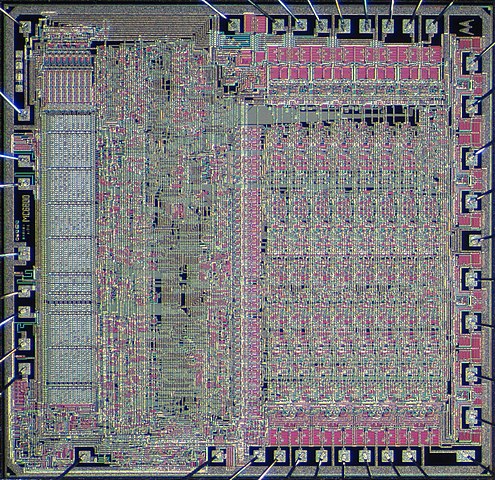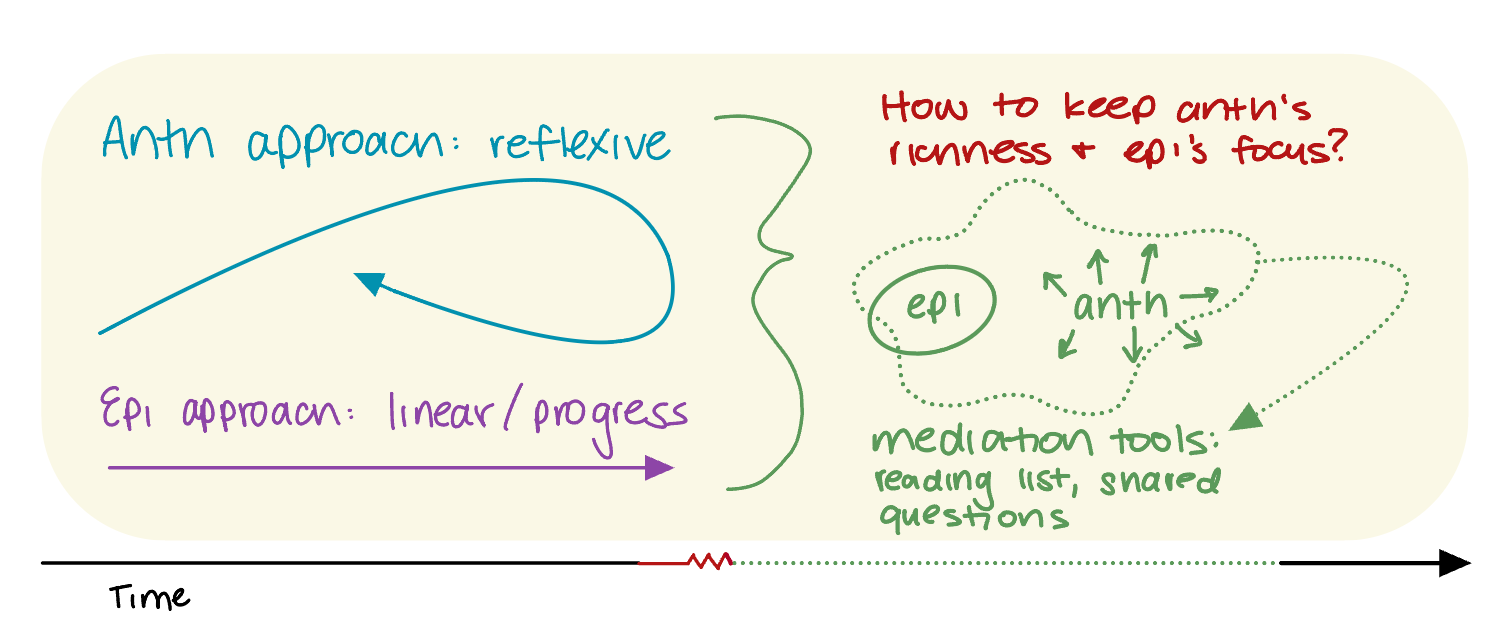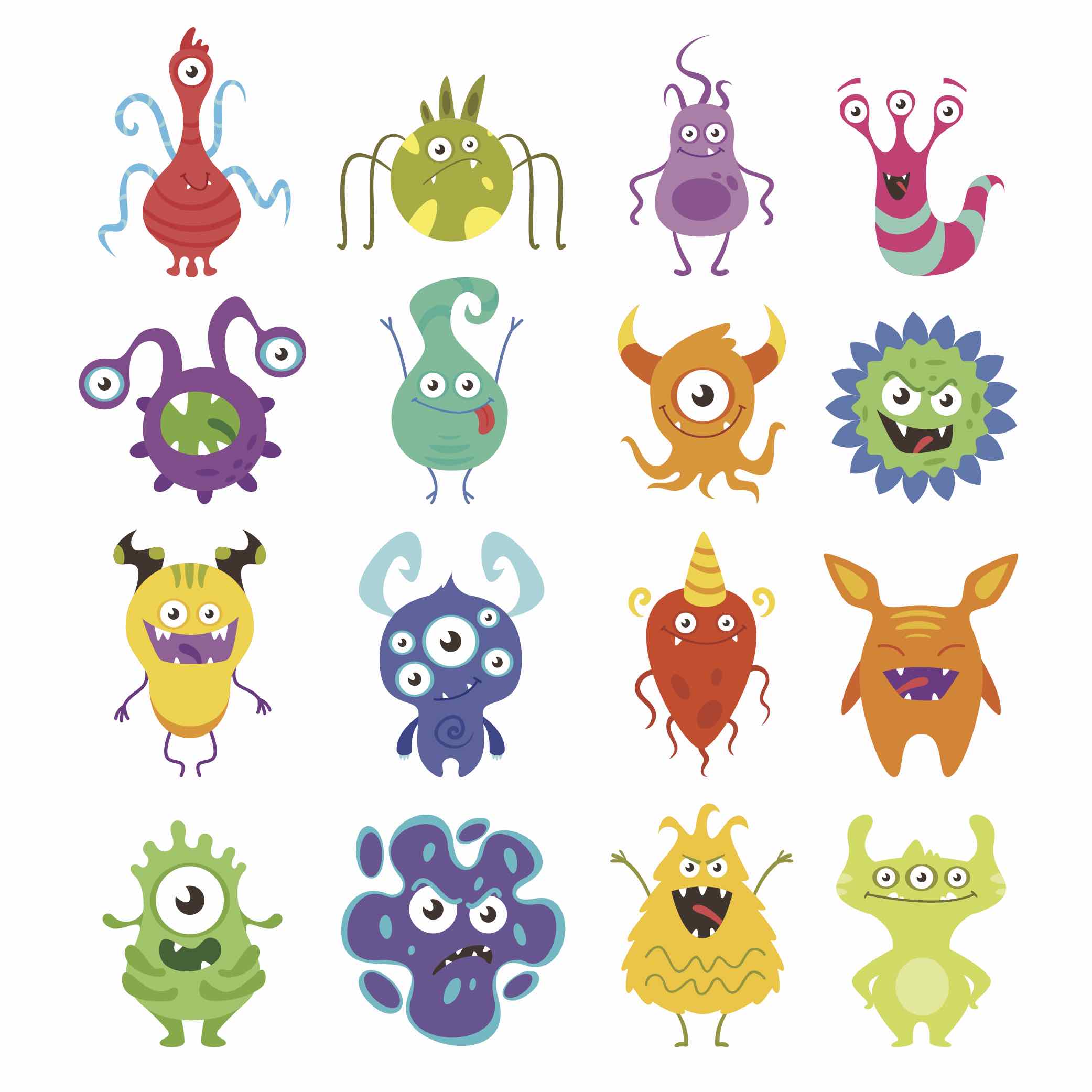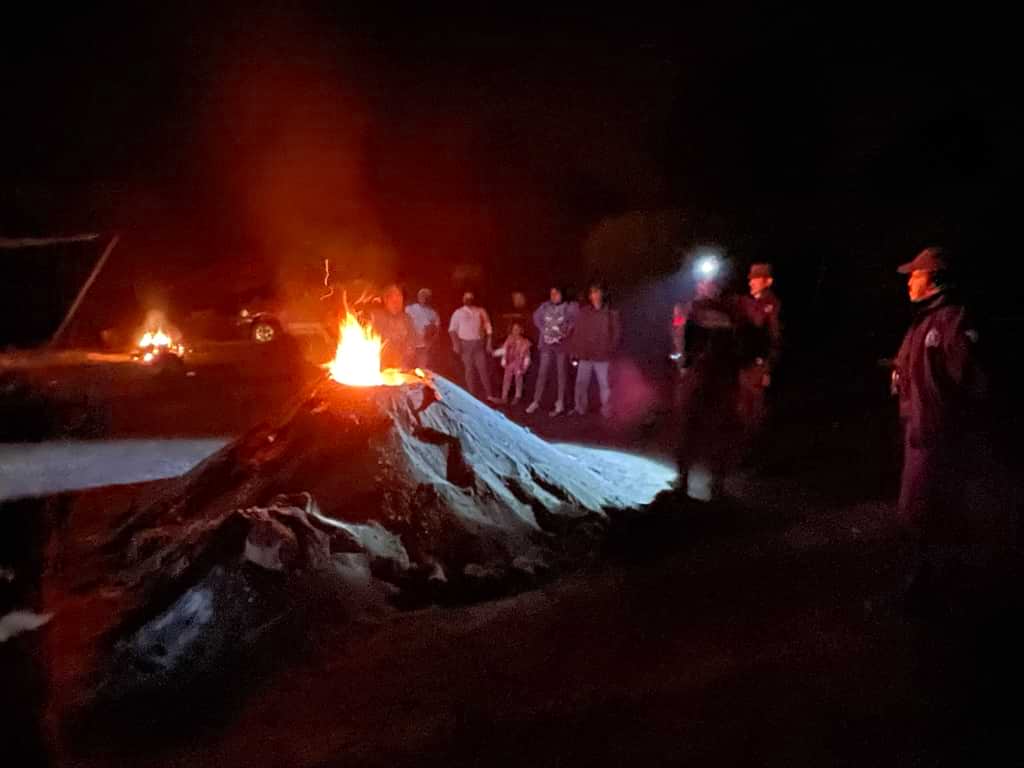
Junk Anthropology: A Manifesto for Trashing and Untrashing
It is currently held, not without certain uneasiness, that 90% of human DNA is ‘junk.’ The renowned Cambridge molecular biologist, Sydney Brenner, makes a helpful distinction between ‘junk’ and ‘garbage.’ Garbage is something used up and worthless which you throw away; junk is something you store for some unspecified future use. (Rabinow, 1992, 7-8) In the bioscience lab near Tokyo where I did my ethnographic study, the researchers taught me how to do PCR experiments. This was before Covid when almost everyone came to know what PCR was, or at least, what kind of instrumental information it could be good for. The lab was working with mouse models, although I never got to see them in their cages. But the researcher I was shadowing showed me how to put the mouse tail clippings she collected into small tubes. She hated cutting tails, by the way, and preferred to take ear punches when she could. She told me that she didn’t like the way the mice wiggled under her hand, as if they just knew. But at this point anyway, the mice are alive in the animal room and she is only putting small, but vital, pieces of them into a tube to dissolve them down (mice becoming means), to get to the foundation of what she really wants. (read more...)






